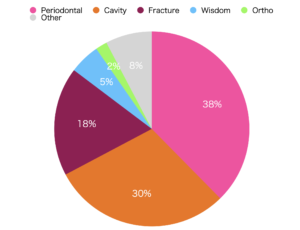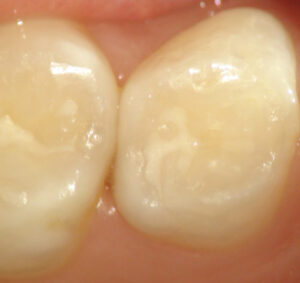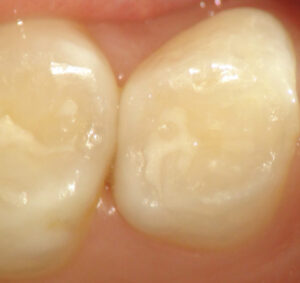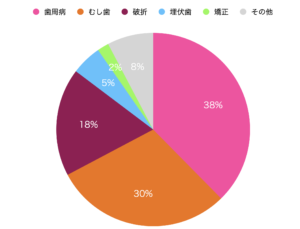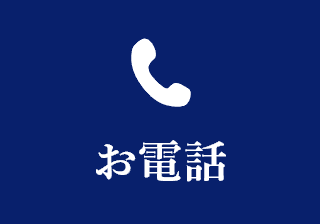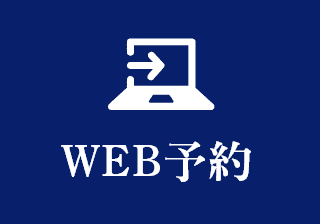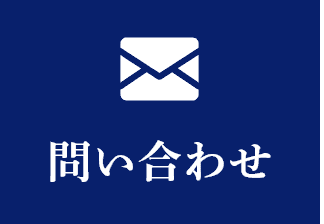Overcoming Fear of Dental Anesthesia — Pain‑Free Techniques at Tokyo International Dental Roppongi
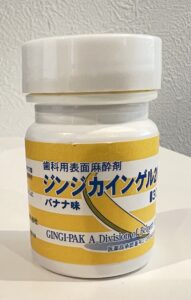
“Is dental anesthesia really painless?” — I understand that fear
Many patients imagine injections, noise, and pain before fillings or root canal treatment. I’m Dr. Lim. I trained at Tokyo Dental College and have performed thousands of anesthetic injections and dental procedures in clinical practice. That experience lets me recognize and address patient fear—even when it’s unspoken. Below I explain why anesthesia is used, the specific pain‑reduction measures we practice, and what you can expect so you can feel safe and informed.
Why anesthesia is necessary — the medical purpose of eliminating pain
When treating decay or infected nerve tissue we must remove damaged tissue and sometimes drill into the tooth. The nerves inside teeth transmit those sensations as pain. Anesthesia blocks those pain signals so procedures can be performed safely and comfortably. Controlling pain is the first step toward high‑quality treatment and patient peace of mind.
How we minimize the “sting” of the injection — practical measures at our clinic
At Tokyo International Dental Roppongi we use multiple evidence‑based steps to reduce injection discomfort:
- Surface anesthesia: a topical anesthetic applied to the gum before needle insertion to numb the surface and reduce the initial pinch.
- Computer‑controlled (electric) anesthesia: delivers anesthetic at a steady, slow rate to avoid pressure‑related pain.
- Ultrafine needles: using the thinnest effective needles to minimize tissue trauma.
- Relaxation techniques: guided breathing and calm, reassuring communication to lower muscle tension and pain sensitivity.
- Clear explanation and consent: we walk you through the procedure, expected sensations, and possible side effects so you know what to expect.
If appropriate, we can offer intravenous sedation so you remain deeply relaxed (a sleep‑like state) during treatment. Safety monitoring is strict; please discuss this option in advance if you are interested.
My personal experience — why I emphasize empathy
I’ll be frank: I disliked dental visits as a child. That experience drives how I treat patients today—carefully observing small cues and proceeding step by step with compassion. Feeling anxious or fearful about treatment is normal and nothing to be ashamed of. Tell us any concerns, however small; we’ll work together to choose the least stressful approach and provide safe, low‑pain care.
What to expect at Tokyo International Dental Roppongi
Our clinic combines modern equipment with clinicians trained in university settings. Many patients tell us afterward, “It was less painful than I expected,” or “I felt safe throughout.” Don’t delay necessary care because of fear—contact us for a consultation and we’ll explain the options tailored to your needs.
Frequently Asked Questions — Dental Anesthesia (Tokyo International Dental Clinic Roppongi)
Is the anesthesia injection painful?
We use topical surface anesthetic, ultrafine needles, and a computer‑controlled injector to minimize the sting. Most patients report only mild pressure or no pain at all.
How long does the anesthesia take to work?
Topical numbing is immediate on the surface; injected local anesthesia usually takes effect within 1–5 minutes, depending on the site and procedure.
Will I be completely numb?
For most fillings and root canal treatments the targeted area becomes sufficiently numb so you feel no pain. You may still feel pressure or movement, which is normal.
What options are there if I’m very anxious?
We offer relaxation techniques and clear, step‑by‑step explanations. For higher anxiety, intravenous (IV) sedation (a deeply relaxed, sleep‑like state) can be provided with full monitoring and safety measures.
Is IV sedation safe?
Yes. IV sedation is performed with continuous monitoring of vital signs and by trained staff. We review your medical history beforehand to ensure it’s appropriate and safe.
Are there side effects to local anesthesia?
Common temporary effects include numbness of lips, tongue, or cheek lasting a few hours. Rarely, patients may experience bruising, prolonged numbness, or allergic reactions—these are uncommon and managed promptly.
Can I drive after sedation?
After IV sedation you should not drive, operate heavy machinery, or make important decisions for 24 hours. Please arrange a companion or transportation home.
I’m on medications / have a medical condition — is anesthesia still safe?
Most conditions and medications are compatible with local anesthesia, but some require adjustments. Bring a list of medications and medical history so we can plan safely.
I hate needles—what can you do?
Surface anesthetic reduces the initial prick. Slow computer‑controlled injection, ultrafine needles, and calming techniques further reduce discomfort. For severe needle phobia we can discuss IV sedation or alternative approaches.
How should I prepare for my appointment?
For routine local anesthesia: eat normally unless otherwise instructed, bring your medication list, and arrive a few minutes early. For IV sedation: follow specific fasting and companion-arrival instructions we provide at booking.
Will treatment be effective if I’m nervous?
Yes. We tailor the anesthesia and communication to your anxiety level so that effective, comfortable treatment is possible.
How do I request sedation or special pain control?
Call 03‑5544‑8544 or mention it when booking. We’ll review options, medical history, and any preparatory steps.
What if I feel pain during the procedure?
Tell the dental team immediately. We stop, reassess, and provide additional anesthesia or adjust technique so you’re comfortable.
Do children receive the same anesthesia options?
Yes. We adapt techniques and doses for children and can use behavior guidance or sedation when appropriate, with parental consent and safety monitoring.
Clinic information
Tokyo International Dental Roppongi
Address: TIDS Building 2F, 5‑13‑25 Roppongi, Minato‑ku, Tokyo
Phone: 03‑5544‑8544
Nearest stations: Azabu‑juban (Namboku/Oedo lines), Roppongi (Hibiya line







